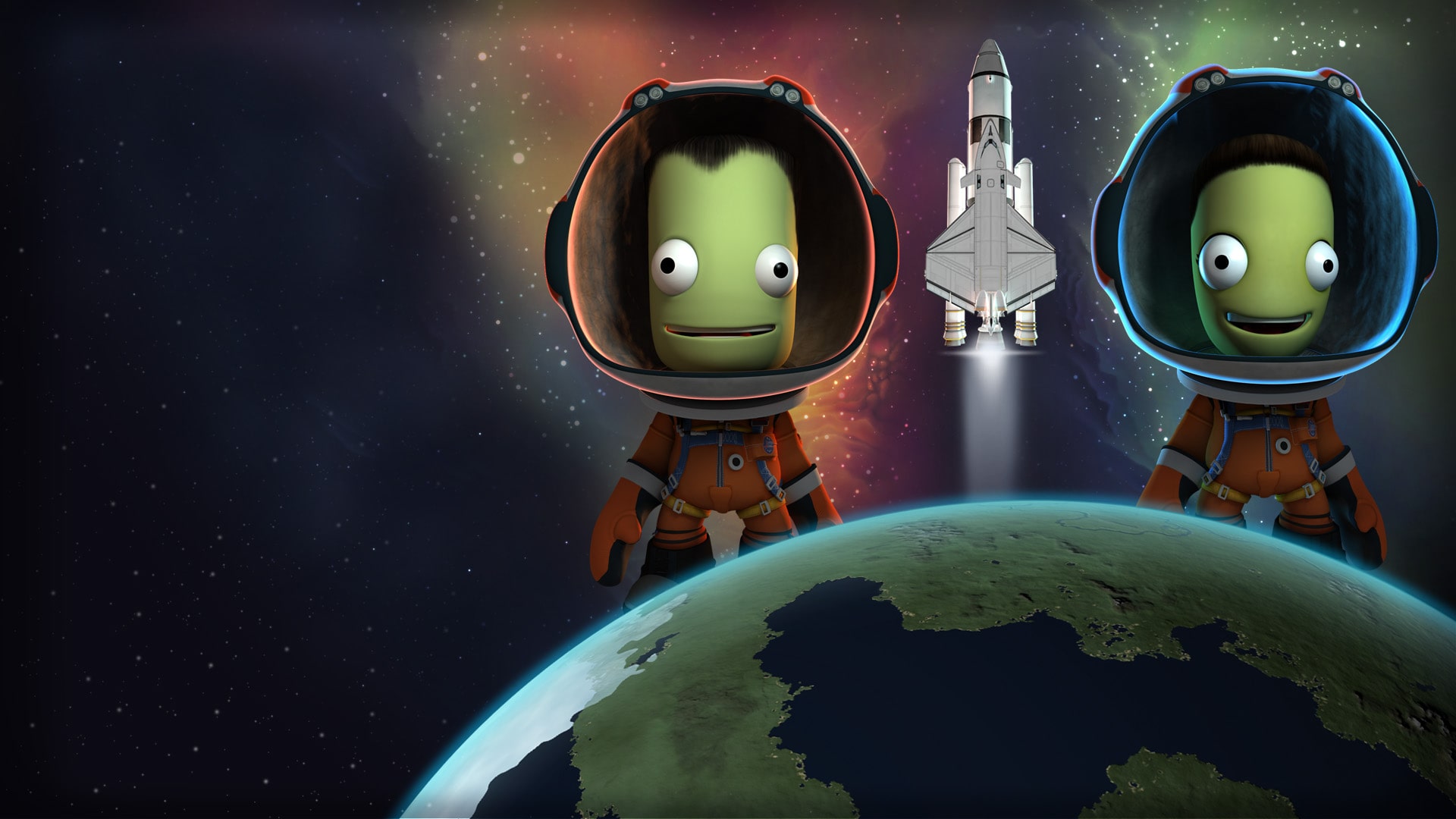

“Until you start the clock again, that 30 year projection will just keep moving forward.” Bummer. “You can’t really make much progress when there’s no active program going on, “ he says. His paper came out in an era of enthusiasm for advanced propulsion, but much of that zeal has waned until recently. “We’re probably not any closer,” he says. Now that it’s 2021, Williams is revising his estimate. When Williams’ paper came out in 2001, the authors wrote that the capability to produce this type of engine might be 30 years out. To put that into perspective, the deep space probe Voyager is traveling away from our solar system at 35,000 mph.

The exhaust produced would propel the vehicle to over 166,000 mph, taking passengers to Jupiter in just under 4 months. In Williams’ engine prototype, this tokamak would be nearly spherical-more like a donut hole. One way to do this is with a tokamak, a device that generates a donut-shaped magnetic field that keeps the superheated plasma in place. It’s costly and time-consuming to test these systems on real spacecraft, so some participants ran their programs through Kerbal instead.
#Beancounter kerbal space mprogram software
In 2018, NASA released Open MCT, a telemetry data visualization software designed for operating spacecraft, to the public on Github. In fact, it’s such a great sandbox that engineers at SpaceX and the Jet Propulsion Laboratory have used Kerbal graphics in their presentations. Though we don’t yet have the technology to implement these specific-impulse demons, there is some real world value in being able to simulate advanced engines in a low-stakes environment. In the end, he built out 13 different engine concepts, including fusion engines-like The Expanse's Epstein drive is theorized to be-fission engines, and antimatter rockets. “That was super fun, which might be a super nerdy statement, but you know.”
#Beancounter kerbal space mprogram how to
He crunched the numbers, considered how much power a specific engine would need, how to deal with the heat produced, and how you’d harness the energy to propel the virtual rocket further. “You need to kind of think a little bit critically about what people have hand waved.” “Everybody tries to sell their project as the propulsion system of the future,” says Adderley.


 0 kommentar(er)
0 kommentar(er)
